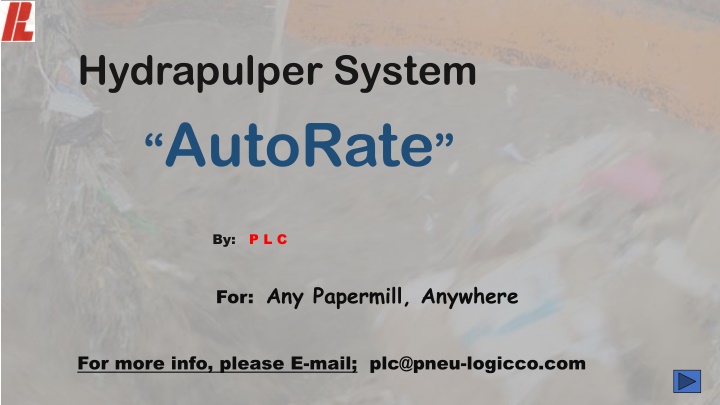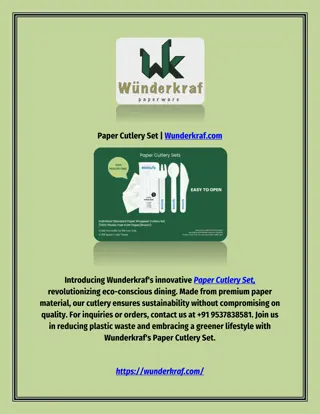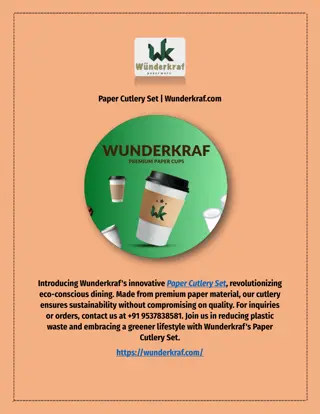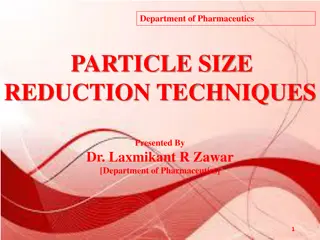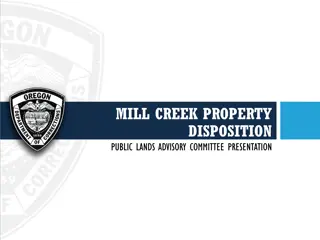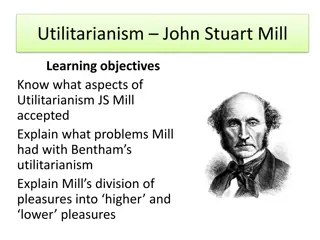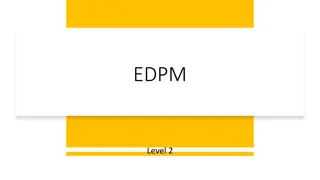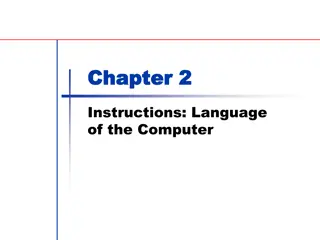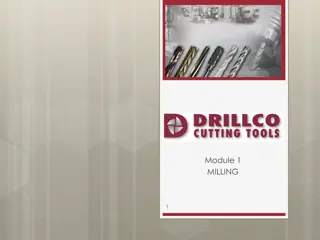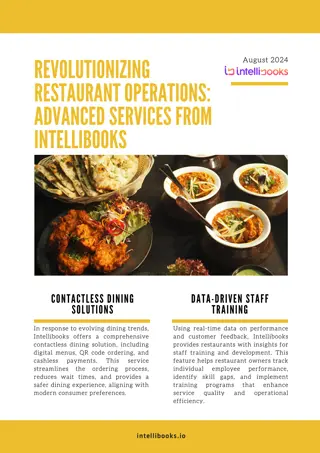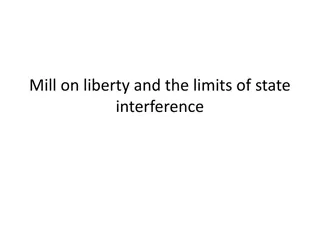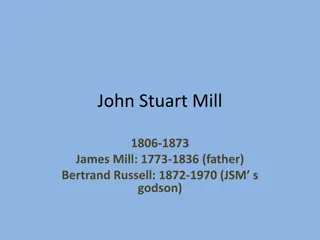Revolutionizing Paper Mill Operations with AutoRate System by P.L.C
AutoRate system by P.L.C offers a superior alternative to manual feed rate control in paper mills, addressing issues of operator variability and inconsistent system responses. By utilizing a Virtual Controller based on inherent system values, the system enhances overall consistency and efficiency, revolutionizing paper mill operations. Operators no longer rely solely on manual decisions but benefit from a more automated and accurate control system, ensuring optimal performance and reliability.
Download Presentation

Please find below an Image/Link to download the presentation.
The content on the website is provided AS IS for your information and personal use only. It may not be sold, licensed, or shared on other websites without obtaining consent from the author.If you encounter any issues during the download, it is possible that the publisher has removed the file from their server.
You are allowed to download the files provided on this website for personal or commercial use, subject to the condition that they are used lawfully. All files are the property of their respective owners.
The content on the website is provided AS IS for your information and personal use only. It may not be sold, licensed, or shared on other websites without obtaining consent from the author.
E N D
Presentation Transcript
Hydrapulper System AutoRate By: P L C For: Any Papermill, Anywhere For more info, please E-mail; plc@pneu-logicco.com
Why the use of Why the use of AutoRate AutoRate is by far superior to manual operation is by far of pulper s feed rate based upon practical experience and viewed information.
Manual Feedrate: Is the use of the operator s decisions to set the system s stock requirement by stock feed rate to the pulper. He sets the conveyor s frequency and duration to reflect the amount of stock his system needs. The system s total requirement has been set by the controlled feed valve to the chest following the pulper. This requirement is ultimately set by the paper machine parameters such as speed, consumption and consistency. The problem is that if the consistency was to vary, the machine s basis weight valves will also move open or close to assure uniform stock coverage. This in turn causes variations in demand from the required feed chest.
Furthermore . . The operator can only react to what he sees and each operator will react differently. Decisions regarding how to run the system are made upon the values presented to him. The information accuracy can only be as good as the transmitter that sent it. It s been seen that certain faulty transmitters have caused erroneous decisions to be made. Since cleaning systems have been found to be very responsive to consistency upsets, these transmitters were found problematic. To allow each operator to do his best, all operators should be given the same information at all times. With most present systems this is not possible. to be the most
Another Major Issue: Is the way in which a system s availability of broke addition is being handled. Each operator will use his own expertise to use as much or as little of the available broke as he sees fit. Almost always, with major upsets on the paper machine, the delivery system goes too light in an effort to use greater amounts of broke. No quantitative values are available to the operator, such as consistency or overall volume to be used. This results in his inability to gain a feel for how much broke and/or conveyor to use and still assure overall system consistency. Even with prioritized level control usage, the overall effect often remains the same.
To Address This Problem: Another method of control was needed that didn t have the shortcomings of frequently erroneous measured values. A new Virtual Controller was conceived, based upon values that didn t only rely upon conventional measured signals. Instead, it has been based upon certain inherent system values that have a direct correlation to actual consistency. Since this method has to address a multitude of moving system variables, it also has to gain an understanding of overall system responses. It was found, that by using this method of control a number of other system shortcomings can also be addressed.
The Virtual Controller: Appears to be a conventional controller, but is based upon a created process variable which has been calculated from more robust values such as amperages and system demands. It acquired the name virtual because it needed a scale and a conventional faceplate from which the system could get values to allow controlling to. Since this controller is actually software, then any and all pertinent items can be addressed at the same time. Since a more viable consistency value has been made available, then it became easier to assure all the necessary values had been accounted for.
Theory of Operation: The pulper is treated as a giant blender with the ingredients being broke, water, basement contents (as available) and stock as having been loaded on the conveyor. To address the variability of how the conveyor was loaded, the height of what had been loaded was memorized by the software. Once this is known, then it s relatively easy adding what is needed since this new controller will vary the frequency and duration. frequency is calculated by howlong the process is away from the setpoint, while how high is being addressed by the duration. The controller also takes into account the process variable s direction and slew rate . Basically, the
Adaptive by Design: Since this controller also has to take into account the basement level, broke availability, as well as overall system demands, it needed a further enhancement. It has no conventional controller modes such as P, I and D since these are dedicated settings unable to adapt to different scenarios. Instead, this controller has been designed with the ability to modify its own needed rate based upon time and amount of deviation away from the required value. As long as the final product leaving the cleaning system is acceptable by the paper machine, then it s irrelevant how long the reaction time is, the product can stay as a constant.
An Overview: Since the aforementioned strategy is of a unique hybrid design, some system protection has been incorporated into it. Quite simply stated: If by mentioned process cannot be improved upon with what is available, then instantly AutoRate will cancel itself and be passive to the present conventional controller in use. utilizing logic all and the methods, previously the
Consistently instead of Consistency: We feel, the pulper consistency is the most important variable that consistently same value (plus or minus a constant), then the remainder of the cleaning/ delivery system will remain extremely stable. Once the optimum point has been found, then less overall further dilution will be required above the required level makeups. With all existing available instrumentation, only those that are viable are used in overall system evaluation. The paper machine s consistency controller s valve position will give superior validity to this method of control. if held to a final stock
In Summation: With all the possible sources of error that have to be addressed at all times in a conventional cleaning system, it s hard to be consistent not knowing what is right and when. If a more efficient method that allows better control is available, then why not utilize it? As long as the final product meets all the required parameters (by correlation) and is adaptive to allow smoothing out different upsets, then it is a superior method of control. The previously described method will assure that if the product can be improved upon then it will do that, up to the limits of the system itself.
